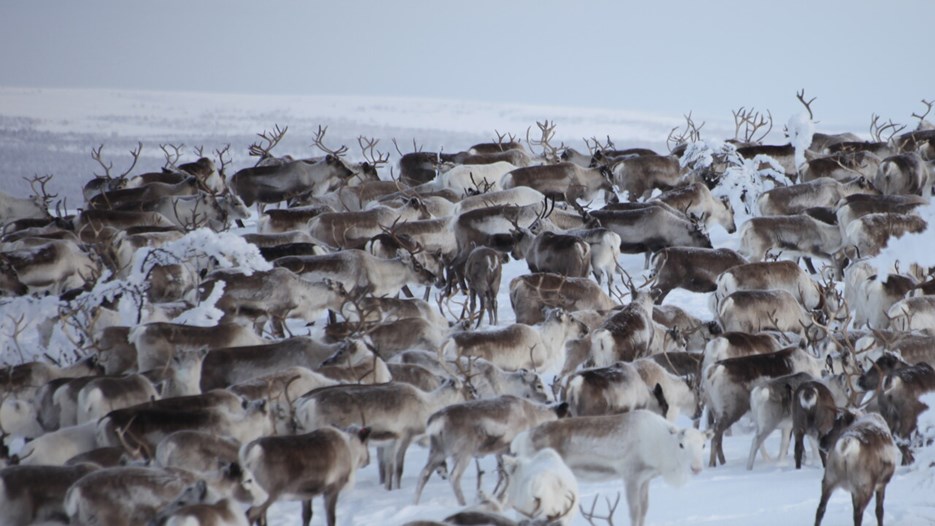CLINF
The Nordic Centre of Excellence CLINF investigates the effects of climate change on the epidemiology of northern infectious diseases and the associated societal impacts. CLINF manages a holistic approach to health called OneHealth that balances human and animal health with impacts on culture, economy and identity. By generating relevant data and developing a OneHealth early warning system for climate-sensitive infectious diseases at the local level, CLINF will use the new insights on climate impacts to create practical tools that policy makers can use to strengthen the resilience of northern regions.






